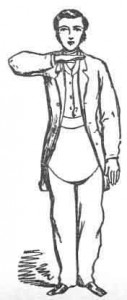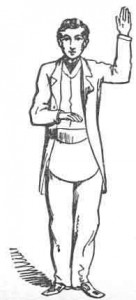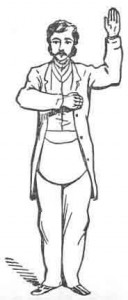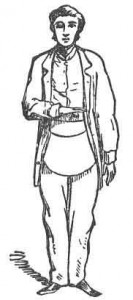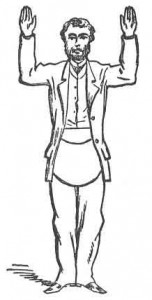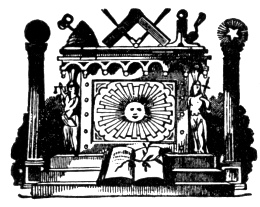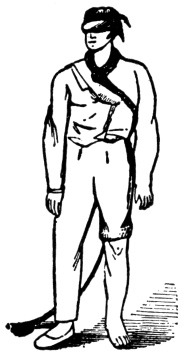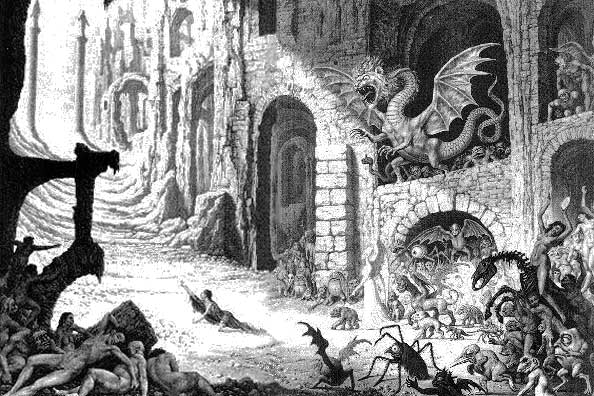S. W. (turning to the Junior Warden in the south.)–Brother Junior Warden, you have heard the orders of the Worshipful Master, as communicated to me from the Worshipful Master in the east. You will take notice, and govern yourself accordingly.)
p. 16
J. W. (to the Lodge.)–Brethren, you have heard the orders of the Worshipful Master, as communicated to me through the Senior Warden in the west. You will please take notice, and govern yourselves accordingly.
W. M.–Brethren, together on the signs. (The signs of the three degrees are given, if opening on the Third Degree; but if only on the First Degree, Entered Apprentice, the Master would say, Together on the sign, and not signs. The Master always leads off in giving the sign or signs. The Master first makes the “duegard” of the First Degree, representing the position of the hands when taking the oath of an Entered Apprentice Mason, which is called the “duegard” of an Entered Apprentice, viz.: “My left hand supporting the Bible, and my right hand resting thereon.”
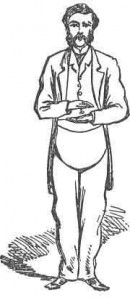 FIG. 1. DUEGARD OF AN ENTERED APPRENTICE. FIG. 1. DUEGARD OF AN ENTERED APPRENTICE. |
After which the Master makes the sign of an Entered Apprentice Mason, which alludes to the penalty of the Entered Apprentice’s obligation, which is imitated by all the brethren present.
[Explanation of Fig. 2.–Draw the right hand rapidly across the neck, as represented in the cut, and drop the arm to the side.–Remember that the duegards and signs are all made with right angles, horizontals, and perpendiculars, with very slight, but marked pauses between each motion or part of the sign.]
The Master then makes the duegard of a Fellow Craft, which alludes to the position of the hands when taking the oath of a Fellow Craft Mason.
[Explanation of Fig. 3.–The left arm, as far as the elbow, should be held in a horizontal position, and the rest of the arm in a vertical position, forming a square. The right hand detached from the stomach, fingers extending outward.]
After which he gives the sign of a Fellow Craft. which alludes to the penalty of the Fellow Craft obligation.
[.–In making the duegard and sign of the Fellow Craft, or Second Degree, care must be taken to drop the left arm suddenly and with spirit, as soon as the two motions are accomplished.]
Next is the duegard of a Master Mason, which alludes to the position of the hands when taking the oath of a Master Mason, both hands resting on the Holy Bible, square, and compasses.
p. 17
p. 18
And then (Fig. 6) the sign of a Master Mason, which alludes to the penalty of the obligation of a Master Mason.
[Explanation of Fig. 6.–In making this sign, draw the right hand (thumb in) across the stomach as low down as the vest, then drop the hand suddenly.]
The last sign given (Fig. 7) is the “grand hailing sign of distress.”
[Explanation of Fig. 7.–Raise the hands as represented in the cut, and drop them with spirit. Repeat this three times.]

Moe is the founder of GnosticWarrior.com. He is a father, husband, author, martial arts black belt, and an expert in Gnosticism, the occult, and esotericism.

